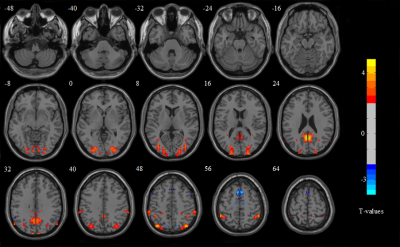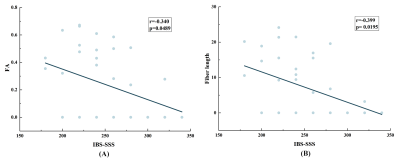Guangyao Liu1, Shan Li2, Hong Liu1, Laiyan Ma1, Zhijun Yao2, Jing Zhang1, Shaoyu Wang3, and Dekui Zhang4
1Department of Magnetic Resonance, Lanzhou University Second Hospital, Lanzhou, China., Lanzhou, China, 2Gansu Provincial Key Laboratory of Wearable Computing, School of Information Science and Engineering, Lanzhou University, Lanzhou, China., Lanzhou, China, 3MR Scientific Marketing, Siemens Healthineers, Shanghai, China., xian, China, 4Department of Gastroenterology, Lanzhou University Second Hospital, Lanzhou, China., Lanzhou, China
1Department of Magnetic Resonance, Lanzhou University Second Hospital, Lanzhou, China., Lanzhou, China, 2Gansu Provincial Key Laboratory of Wearable Computing, School of Information Science and Engineering, Lanzhou University, Lanzhou, China., Lanzhou, China, 3MR Scientific Marketing, Siemens Healthineers, Shanghai, China., xian, China, 4Department of Gastroenterology, Lanzhou University Second Hospital, Lanzhou, China., Lanzhou, China
In this study, through taking comprehensive analysis of the bilateral brain in IBS patients, we speculated that inter-hemispheric functional connectivity is more vulnerable to IBS than anatomical connectivity, while the structural morphology of brain is the most stable. Meanwhile, the affected areas were concentrated in DMN and sensorimotor network. The results of our study are only preliminary, but it may provide theoretical basis for future research on the regulation of GBA and pathophysiology in functional intestinal diseases.

